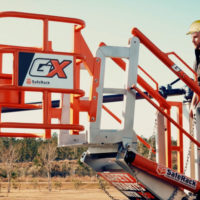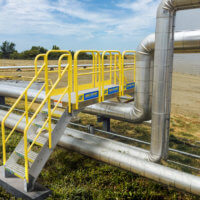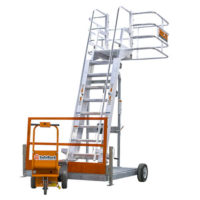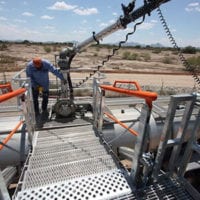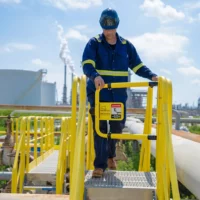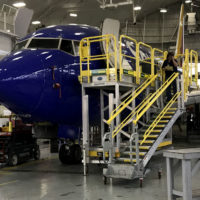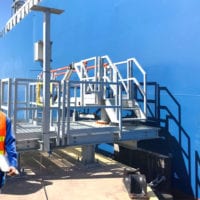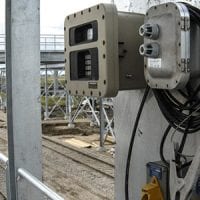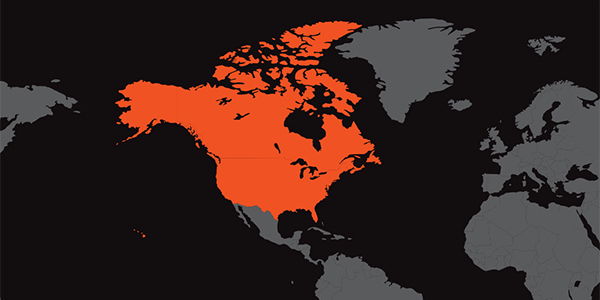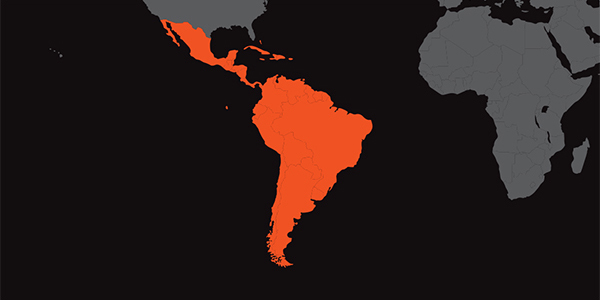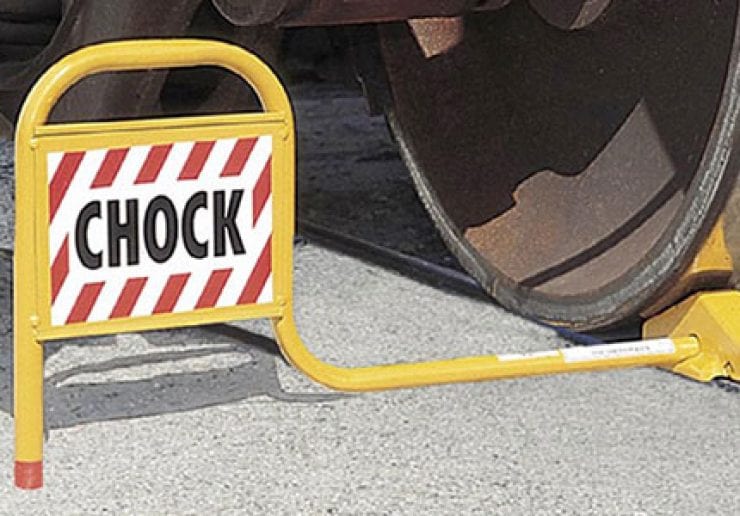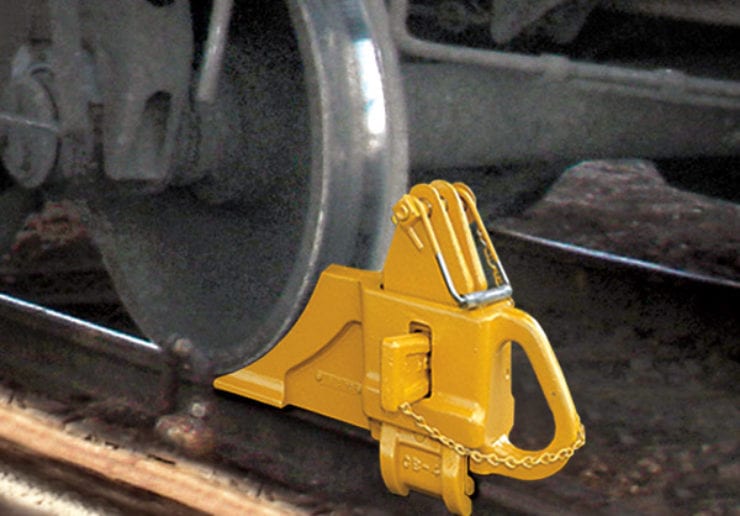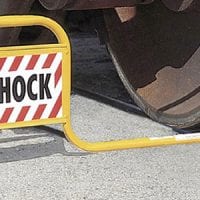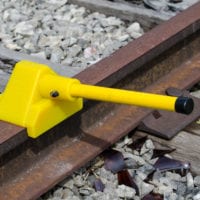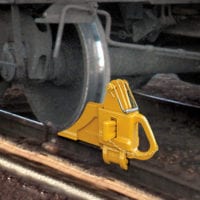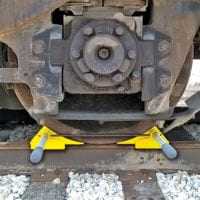Moving and stopping 100-ton freight cars requires special equipment and with decades of experience in terminals and rail yards, SafeRack has a full range of wheel chocks, derail equipment, railroad warning signs, and FRA and OSHA-mandated rail safety products. Manufactured by Aldon, railcar wheel chocks feature rail-biting steel spurs for superior holding power. Chock styles for exposed and flush rails.
Railcar Chocks are an important safety item in any rail yard or repair facility, and SafeRack’s railcar wheel chocks provide fast blocking of all types of railcars. Choose from cast steel railcar wheel chocks, rail-clamping wheel blocks the newly introduced urethane railcar wheel chocks… all of which provides worker safety and meets OSHA regulations to safely prevent railroad cars from moving during loading or unloading operations, including OSHA regulations 1910.110(15), 1910.11(13) and 1910.110(A) (5).



